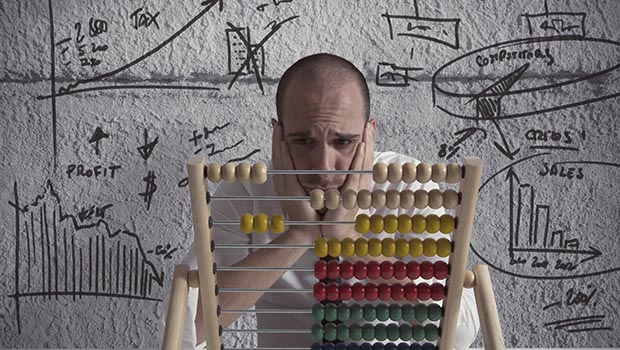When Your Pump Suggests the Wrong Bolus

Integrated Diabetes Services (IDS) provides detailed advice and coaching on diabetes management from certified diabetes educators and dieticians. Insulin Nation hosts a regular Q&A column from IDS that answers questions submitted from the Type 1 diabetes community.
Q – Why is it that a pump user’s blood sugar can crash after multiple boluses? I thought bolus calculators on pumps were supposed to prevent stacking (having too much bolused insulin in your bloodstream at once).
A – You raise a great question. An insulin pump does in fact have an “Insulin On Board” feature which should, when used appropriately, help to prevent stacking of insulin and help prevent sudden drops in blood glucose levels. However, we also have to consider a few other factors that could be affecting this calculation and the insulin delivered.
1) Is the active insulin timer in the pump set appropriately? This measures how much of the last bolus should still be in your bloodstream. If this is set for three or four hours (the average), then any additional correction boluses will be accurately calculated from a previous bolus. However, if the time is set for one to two hours, then the pump may very well suggest a larger correction bolus than it should because it’s assuming the previous bolus is almost or totally gone.
2) Insulin absorption is different in every person and a bit different on all sites of the body. If a large bolus is taking its time being absorbed from a site and the pump suggests a correction, it might cause a drop later.
3) At times someone with an insulin pump may override the pump’s suggested bolus to bring blood glucose levels down fast. This often happens due to the frustration of supposedly-rapid-acting insulin not working quite fast enough (what is commonly called “rage” bolusing). Bolus on top of bolus is given when high blood glucose doesn’t seem to budge, and then of course the later repercussion is a crash in blood glucose.
4) Digestion may also play a role in prolonged high blood glucose if multiple boluses have been given to correct blood glucose. Bolus absorption is affected by how quickly the body is digesting a meal, and some types of foods are digested quicker than others. Once food is fully digested though, if there is a lot of insulin still hanging around from bolus after bolus, blood glucose may crash, too.
All this is to say that while a pump can give suggestions for bolus timing, it’s still up to the pump user to determine if the suggestion is a good idea.
Have a Question? Insulin-Quiring Minds is a free service of the clinical team at Integrated Diabetes Services LLC. Submit your questions to jennifer@integrateddiabetes.com. All questions will be answered, and yours may be chosen to appear on Insulin Nation.
Integrated Diabetes Services provides one-on-one education and glucose regulation for people who use insulin. Diabetes “coaching” services are available in-person and remotely via phone and online for children and adults. Integrated Diabetes Services offers specialized services for insulin pump and continuous glucose monitor users, athletes, pregnancy & Type 1 diabetes, and those with Type 2 diabetes who require insulin. For more information, call 1-610-642-6055, go to integrateddiabetes.com or write info@integrateddiabetes.com
Thanks for reading this Insulin Nation article. Want more Type 1 news? Subscribe here.
Have Type 2 diabetes or know someone who does? Try Type 2 Nation, our sister publication.